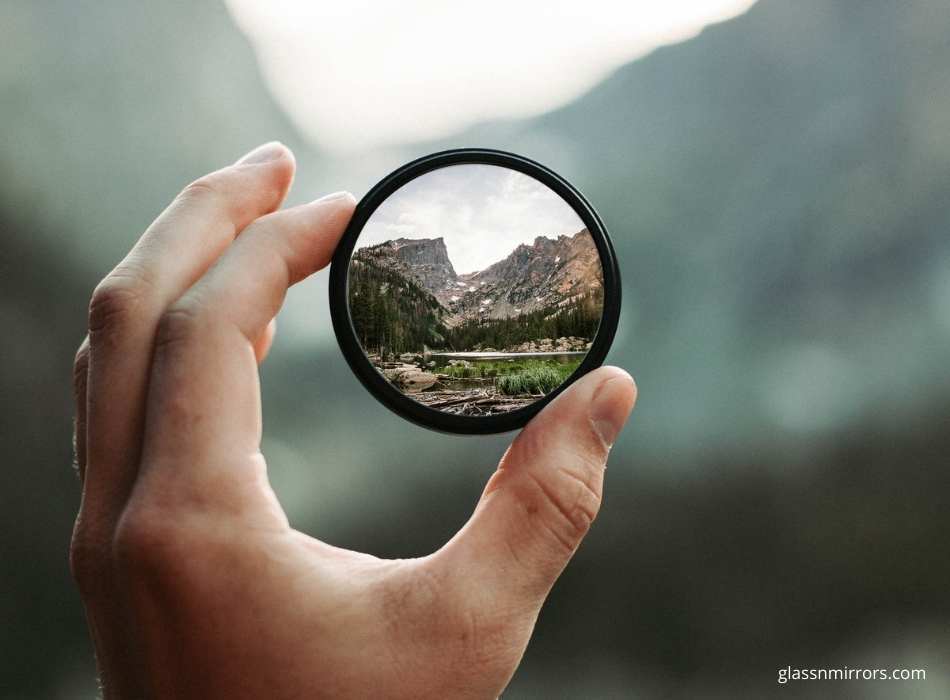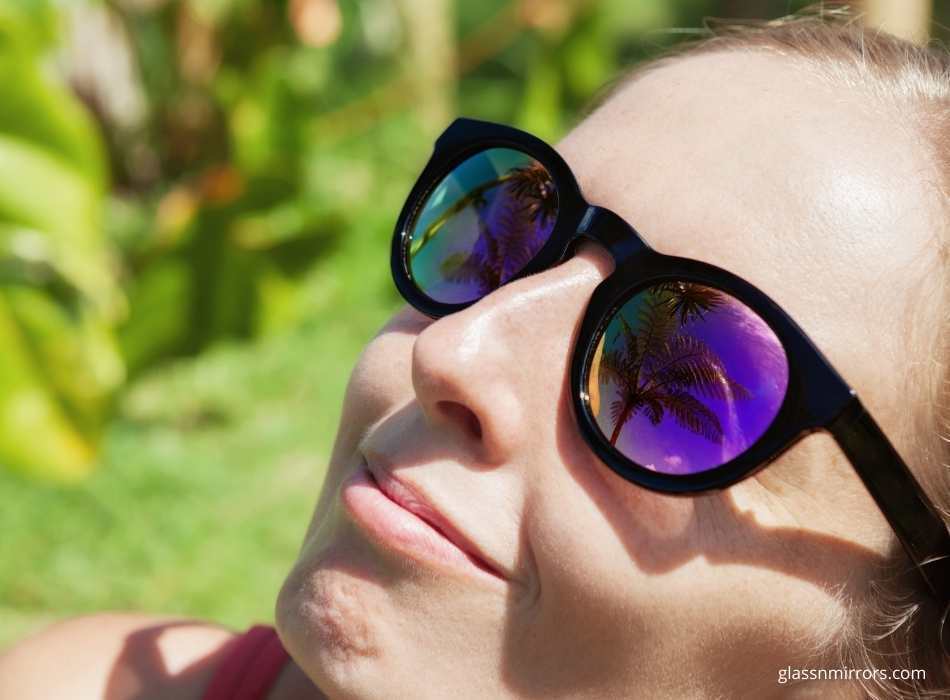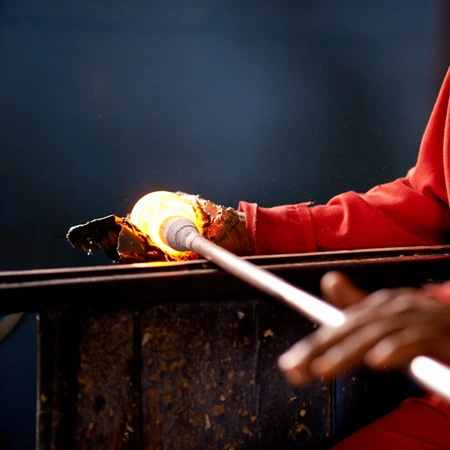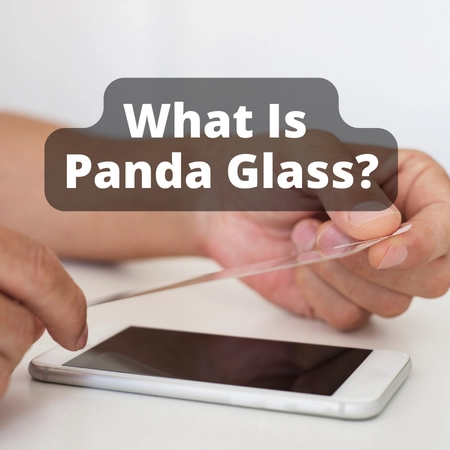Capturing moments and sceneries from far away is best done through a long telephoto lens. Unfortunately, such lenses can be quite pricey for most people. There’s an affordable alternative, although, are mirror lenses any good?
Mirror lenses are good for those looking for an inexpensive lens that is lightweight and easy to carry. The drawback with this type of lens is it’s limited focus range. Certain lens makers do offer high-quality options—albeit for a much higher price tag.
If you are interested in purchasing a mirror lens for your camera, this article covers its features, benefits, and how it compares with the more conventional types of long telephoto lenses.
I’ll also share some recommendations about the best mirror lenses in the market these days. Hopefully, by reading through each section, you will gain a comprehensive answer to this frequently asked question, “Are mirror lenses any good?”

Table of Contents
- 1 What Is a Mirror Lens?
- 2 Do Cameras Use Mirrors or Lenses?
- 3 Are the Lenses Used for Mirror Sunglasses the Same as Mirror Lenses?
- 4 What Are Mirror Lenses for?
- 5 Are Mirror Lens Good?
- 6 What Are the Drawbacks of a Mirror Lens?
- 7 How Much Do Mirror Lenses Cost?
- 8 What Is the Best Mirror Lens?
- 9 Hot Glass vs Cold Glass – What’s The Difference?
- 10 Can Quartz Be Made Into Glass? Guide On Quartz & Glass
- 11 What Is Panda Glass | Ultimate Guide To Panda Glass
What Is a Mirror Lens?
A mirror lens consists of two mirrors—instead of traditional refractive lenses—that are positioned in a way that allows light to be reflected back and forth from one end to the other before it reaches the image sensor.
Because of the angled mirrors, light does not directly pass through to the camera. The more the light bounces from one point to the other, the more magnified a certain part of the image will become. That’s why mirror lenses are ideal for long shots.
| “What makes photography a strange invention is that its primary raw materials are light and time.” John Berger |
A mirror lens has a lighter weight and smaller dimensions than the standard telephoto lenses. Despite its physical size, the focal length of an average mirror lens falls somewhere around 105mm to 300mm. Many photographers agree that the 300mm to 500mm models have the best value for money.
Take note that the higher the focal length is, the more powerful it is at distance photography. Therefore, mirror lenses can go up to 1000mm. Such models, however, are almost as heavy and expensive as their traditional counterparts.
Have you ever wondered why phone screens are made of glass? Check out my article.
Do Cameras Use Mirrors or Lenses?
Cameras use lenses that may be made of different materials, such as optical glass or mirror glass.
A mirror lens is also known as a catadioptric lens or simply “CATs”. As the name implies, a mirror lens does not only use mirrors—or catoptrics—but also dioptrics, which refracts light.
The original design of the mirror lens was meant for telescopes or light beam projectors. When used for cameras, lens manufacturers were able to compress the physical size of a traditional telephoto lens while still retaining its high focal length.
To make the dual mirrors work as part of the camera lens, the design requires the central portion of the optical path to be blocked. By doing so, the light will be able to bounce off the second mirror inside the lens.
Are the Lenses Used for Mirror Sunglasses the Same as Mirror Lenses?
Mirror sunglasses and Mirror lenses are made out of completely different materials. This assumption most likely stems from their similar-sounding names.
- The “mirror” part of the sunglasses highlights the flashy-looking reflective lenses that they feature.
- On the other hand, the “mirror” of the lenses denotes the two angled mirrors inside the lens.

Let’s break down further what makes mirror sunglasses different from mirror lenses.
Did you know that mirrors may reflect UV light? Check out my detailed look at the truth.
Mirror sunglasses have a thin reflective coating on their lenses. This additional layer protects the eyes from being exposed to too much light or glare from various sources, such as snow or shiny digital displays.
Because of the special lens coating, the sight behind a pair of mirror sunglasses is tinted brown or gray. Some also come with gradient options, thus making the view from the bottom part of the lenses more similar to regular ones. Despite the tinted view, you can still see people, objects, and the surroundings without obstruction even while wearing mirror sunglasses.
None of these features can be expected from a mirror lens for cameras. It is not meant to be a fashion accessory or protective gear. Instead, mirror lenses help photographers capture images without requiring a lot of investment and arm strength.
What Are Mirror Lenses for?
In general, telephoto lenses like the mirror lens are best for taking photos of subjects that you cannot be physically near.
Popular examples include:
- Wild animals
- Birds
- Live sporting events
- Live performances
- Large or tall structures
Mirror lenses may also be used for mid-range and close-up shots, but the quality of the images captured is typically not as good as long shots.
Be careful of some mirrors. Some people ask, do mirrors make you look bigger? Check out my full article explaining if this is true!
Are Mirror Lens Good?
As I have covered earlier, a mirror lens may be a good purchase for those who want lightweight, tiny, and inexpensive telephoto lenses.
- Lightweight
You might not notice how heavy or light a camera lens is if you only take a couple of photos at a time. However, for professionals who have to hold and use one throughout the day just to capture the right moment or angle, the significantly lighter weight of mirror lenses is one of their main attractive points.
For your reference, here are the actual weights of mirror lens models from various brands:
- Rokinon 300mm f/6.3 – 0.75 pounds (340 grams)
- Lightdow 500mm f/8 – 0.88 pounds (399 grams)
- Bower 500mm f/8 – 0.90 pounds (408 grams)
- Canon 500mm f/8 – 1.87 pounds (848 grams)
- Tiny
Compared to conventional long telephoto lenses, the physical length of a mirror lens makes it easier to pack away in your bag, and whip it back out whenever you need to take a shot.
To better illustrate how small a mirror lens is, a 500mm traditional long focal length lens is around 12 inches (0.30 meter) long. In comparison, a 500mm mirror lens can be about 5 inches (0.13 meters) or shorter only.
- Inexpensive
Two of the main reasons for the low cost of a mirror lens are its relatively shorter production time, and the cheaper materials used to create them.
The production of a mirror lens involves cutting mirrored glass into flat circles. On the other hand, a glass lens is made of optical glass—a material that requires mixing and melting glass powder before being pressed into glass plates. A special curve generator is also needed to shape the glass lens into either a concave or convex lens.
Smaller and cheaper lenses do not necessarily mean a much lower quality of output. If used properly, the images captured using mirror lenses rarely have the chromatic aberrations that are normally observed from the conventional refractive telephoto lenses.
What Are the Drawbacks of a Mirror Lens?
The primary drawbacks of a mirror lens are its limited focus range and the risk of poor bokeh.
Mirror lenses have fixed apertures. As such, the photographer would have little to no control over the depth of field.
Because the focal length of mirror lenses is fixed too, you can easily get good images if your subject is far away. However, the quality tends to drop if you would refocus the lens to take a photo of a subject that is closer to you.
In case you’re not familiar with the term “bokeh”, it refers to the ring-shaped effect that is typically observed in images of objects that are out of focus. You may have heard people talking about “donuts” in the context of photography. This nickname reflects the rounded but hollow forms of bokeh.
While some photographers deliberately take photos that use the bokeh as an artistic choice, it can be quite annoying if the bokeh appeared just because of the poor quality of the camera lens.
So, given these limitations, are mirror lenses any good?
Like I explained earlier, mirror lenses can be good when used for the right purpose and setting. Many amateur photographers and first-time users of mirror lenses had been disappointed with the quality output they got from this lens.
However, the fault mostly lies in the manufacturers’ marketing strategies rather than on the actual specifications of the mirror lens. Several manufacturers claim that the performance of a mirror lens can match the traditional telephoto lenses despite being smaller, lighter, and cheaper.
As a result, the expectations of the buyers who do not truly understand how camera lenses work had led them to be completely turned off from using mirror lenses again.
Therefore, mirror lenses may be a good choice for photographers who can work with specialty lenses that need to be focused manually.
How Much Do Mirror Lenses Cost?
Mirror lenses are much more affordable than traditional long focal length lenses. Based on Amazon.com, the cheapest is around $170, but it can go up to $2000, depending on their brand and specifications.
I’ve listed below some examples of mirror lens models that belong to different price points:
- Low-End
- Bower 500mm f/6.3
- Opteka 500mm f/6.3
- Samyang 500mm f/8
- Mid-Range
- Tamron 500mm f/8
- Tokina 300mm f6.3
- Vivitar 500mm f/8
- High-End
- Carl Zeiss 500mm f/8
- Nikon 500mm f/8
- Olympus M. Zuiko 300mm f/4
If you need a mirror lens with better specs that will also not break the bank, secondhand units can be easily found in online shopping sites like eBay and Amazon.
What Is the Best Mirror Lens?
The best mirror lens for a Nikon camera is the Opteka 500mm f/6.3, while the best mirror lens for a Canon camera is the Canon FD Reflex 500mm f/8.
These top choices are based on the aggregated consumer reviews on BestReviews.Guide as of September 2021.
Let’s take a look at each model to better understand what makes them the best mirror lenses according to buyers.
- Opteka 500mm f/6.3
| General Information | |||
| Focal Length | 500mm | Physical Length | 4.7 inches (0.119 meter) |
| Aperture | Fixed at f/6.3 | Weight | 1.55 pounds (705 grams) |
This model features multicoated optics that can reduce spherical aberrations, surface reflections, and lens flare. When used with the optimal lighting conditions, loss of contrast and color are also minimal.
Compared to other 500mm lenses, this mirror lens is considered the shortest telephoto lens at the moment. This makes it easier to pack in your camera bag, and it won’t add up a lot to the strain on the photographer’s arms and shoulders. Despite its compact size, this mirror lens still feels solid and durable to hold because of its completely metal body.
The design choice to feature a threaded T-mount makes this Opteka mirror lens compatible with a wide range of adapters needed to mount it to different camera models.
- Canon FD Reflex 500mm f/8
| General Information | |||
| Focal Length | 500mm | Physical Length | 5.7 inches (0.146 meters) |
| Aperture | Fixed at f/8 | Weight | 1.63 pounds (740 grams) |
Aside from having the advantage of being created by Canon itself, this model is the best for Canon cameras because of its optical system. The technology used by the designers has enabled this mirror lens to:
- Compensate for aberrations due to changes in the focus of the lens
- Maintain the good quality of images captured even when the shooting distance is near or far from the photographer
Moreover, the multiple layers of coating applied on this model help in minimizing the occurrence of contrast reduction—a common problem observed among mirror lenses.
In summary, a mirror lens is a good buy if you need a camera lens that is portable and affordable. However, you should stay away from it if you don’t like having to manually focus the lens. The risk of bokeh is a major turn-off for some photographers, too.
Refrain from thinking of mirror lenses as exact replacements for the high-end conventional long telephoto lenses, and you would likely not be disappointed by them.
| “Refrain from thinking of mirror lenses as exact replacements for the high-end conventional long telephoto lenses, and you would likely not be disappointed by them.” |
If you have decided to purchase a mirror lens, remember to check out not only the models from popular brands such as Canon or Nikon—smaller companies like Tamron and Samyang might have mirror lens models that match your needs and budget. You may also want to consider secondhand units, but be sure to inspect the lens for any mold growth in its mirrors. Ever had experience with mirror lenses? Feel free to share with us your thoughts about them in the comments section below.
-
Hot Glass vs Cold Glass – What’s The Difference?

When most people think of glass, they probably think of windows or drinking glasses. But there is a lot more to glass than that. In fact, there are two main … Keep Reading
-
Can Quartz Be Made Into Glass? Guide On Quartz & Glass

Glass making is a process that involves heating and cooling sand and other minerals. You may wonder whether it is possible to make glass out of quartz. Glass is made … Keep Reading
-
What Is Panda Glass | Ultimate Guide To Panda Glass

When looking for a new phone case, you may have encountered the term “panda glass.” A variety of phone cases on the market use this type of glass. But what … Keep Reading

2 thoughts on “Are Mirror Lenses Any Good? Complete Guide”
Comments are closed.